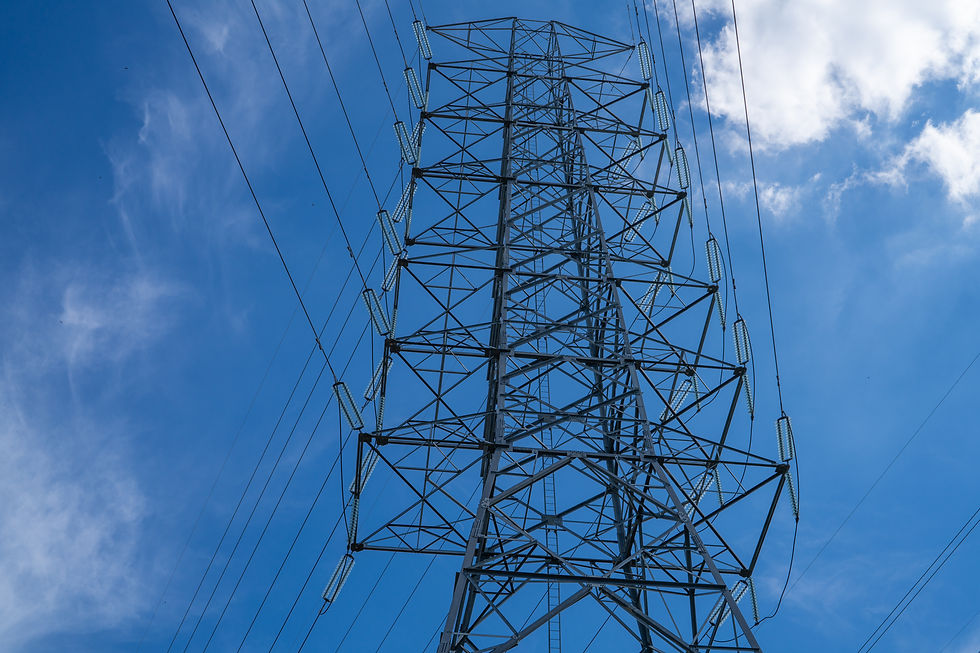Sustainability in Business: What Does it Mean?
- Jennifer Crowley
- Aug 2, 2023
- 3 min read
Updated: Jul 8, 2024

What is a Sustainable Business?
A sustainable business, also known as a green or environmentally sustainable business, refers to an enterprise that operates in a manner that considers and minimizes its impact on the environment, society, and the economy. It is characterized by practices and strategies that integrate environmental and social considerations into its core operations and decision-making processes.
Here are some key characteristics and principles of a sustainability in business:
Environmental Stewardship: A sustainable business takes proactive measures to minimize its negative environmental impact. This includes adopting energy-efficient practices, reducing greenhouse gas emissions, minimizing waste generation, promoting recycling and resource conservation, and using renewable resources whenever possible.
Social Responsibility: A sustainable business recognizes its responsibility towards society and engages in ethical practices. It ensures fair treatment of employees, promotes diversity and inclusion, upholds human rights, and maintains safe and healthy working conditions. It also engages with local communities, supports social initiatives, and respects cultural diversity.
Economic Viability: A sustainable business aims to achieve long-term economic viability while considering the environmental and social aspects. It seeks to strike a balance between profitability and responsible business practices. This involves incorporating sustainability into its business strategies, assessing and managing risks, and pursuing innovation and efficiency to create economic value.
Stakeholder Engagement: Sustainable businesses actively engage with their stakeholders, including employees, customers, suppliers, local communities, and investors. They involve stakeholders in decision-making processes, listen to their concerns and feedback, and address their needs. This collaborative approach helps build trust, foster positive relationships, and align business goals with stakeholder expectations.
Supply Chain Management: A sustainable business considers the sustainability performance of its supply chain. It seeks to work with suppliers that share similar values and adhere to environmental and social standards. This includes ensuring responsible sourcing, promoting fair trade practices, and supporting suppliers in improving their sustainability practices.
Transparency and Reporting: A sustainable business embraces transparency by openly communicating its environmental and social performance to stakeholders. It may publish sustainability reports, disclose environmental impacts, and provide information about its sustainability goals, progress, and challenges. This promotes accountability and allows stakeholders to make informed decisions and evaluate the business’s sustainability performance.
Why sustainability is important?
A sustainable business plays a significant role in the environmental and social parts of society. Additionally, a business benefits both financially and socially from promoting sustainable efforts. Companies that think about the future and their broader impacts on society and the planet see tangible benefits. These include:
Employees are increasingly looking for mission-driven, purpose-led employers who care about the planet when deciding where to work. 71% of employees and employment seekers say that environmentally sustainable companies are more attractive employers.
Consumers are willing to pay a premium for goods from brands that are environmentally responsible. 80% of consumers indicate sustainability is essential to them.
Governments, investors, employees, and customers are demanding new levels of enterprise accountability, including action to address climate change.
Many of the world’s top economies have or are developing corporate disclosure requirements around environmental impact, driving businesses to curb GHG emissions.
The rise of environmental, social and governance (ESG) investment criteria and sustainable investing means that a sustainable business is inherently more attractive to the rising numbers of responsible investors. Investment in ESG assets may reach USD 53 trillion by 2025, representing over a third of global assets.
Benefits of Sustainability in Business

Investor appeal
4 out of 5 personal investors plan to act on sustainability or social responsibility factors in the next 12 months.
Increased longevity of transformation investments
The COVID-19 pandemic has accelerated digital transformation in most companies. If that transformation is sustainable, you’re building a more resilient business that is ready for disruption and new opportunities.
Competitive advantage
55% of consumers say environmental responsibility is very or significant when choosing a brand. Being known as a sustainable business can improve your brand awareness and help you attract consumers that are favourably predisposed to companies actively engaged in sustainable practices.
Talent acquisition
Employees seeking purpose-driven employment want to work for sustainable and socially responsible companies. By building a reputation as a sustainable business, you can attract and retain the right employees for your company.
Challenges with Sustainability in Business
Cost – Implementing sustainable business practices typically requires higher upfront investments. In the short term, it will often be cheaper to stick with the status quo. Some organizations will need help building an investment case to show how immediate investment will result in more stable profitability over the long run.
Supply chain inefficiency – Companies may lack the ability to implement sustainable solutions or even know where to start.
Lack of expertise – Being unprepared to develop a corporate sustainability vision, strategy, and framework is a considerable risk. Every business needs an ecosystem of innovation partners to help them reinvent the world and create a sustainable future.




















